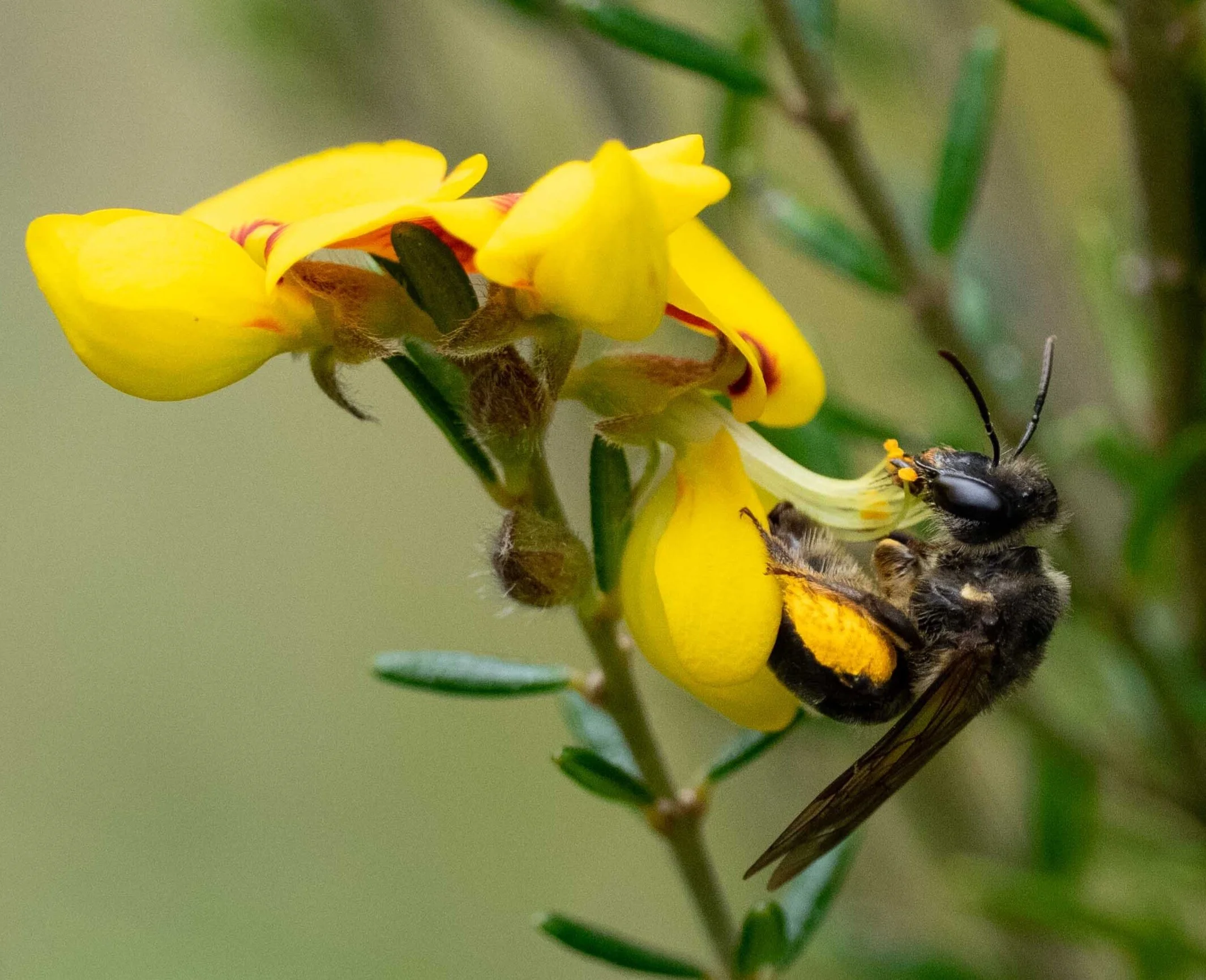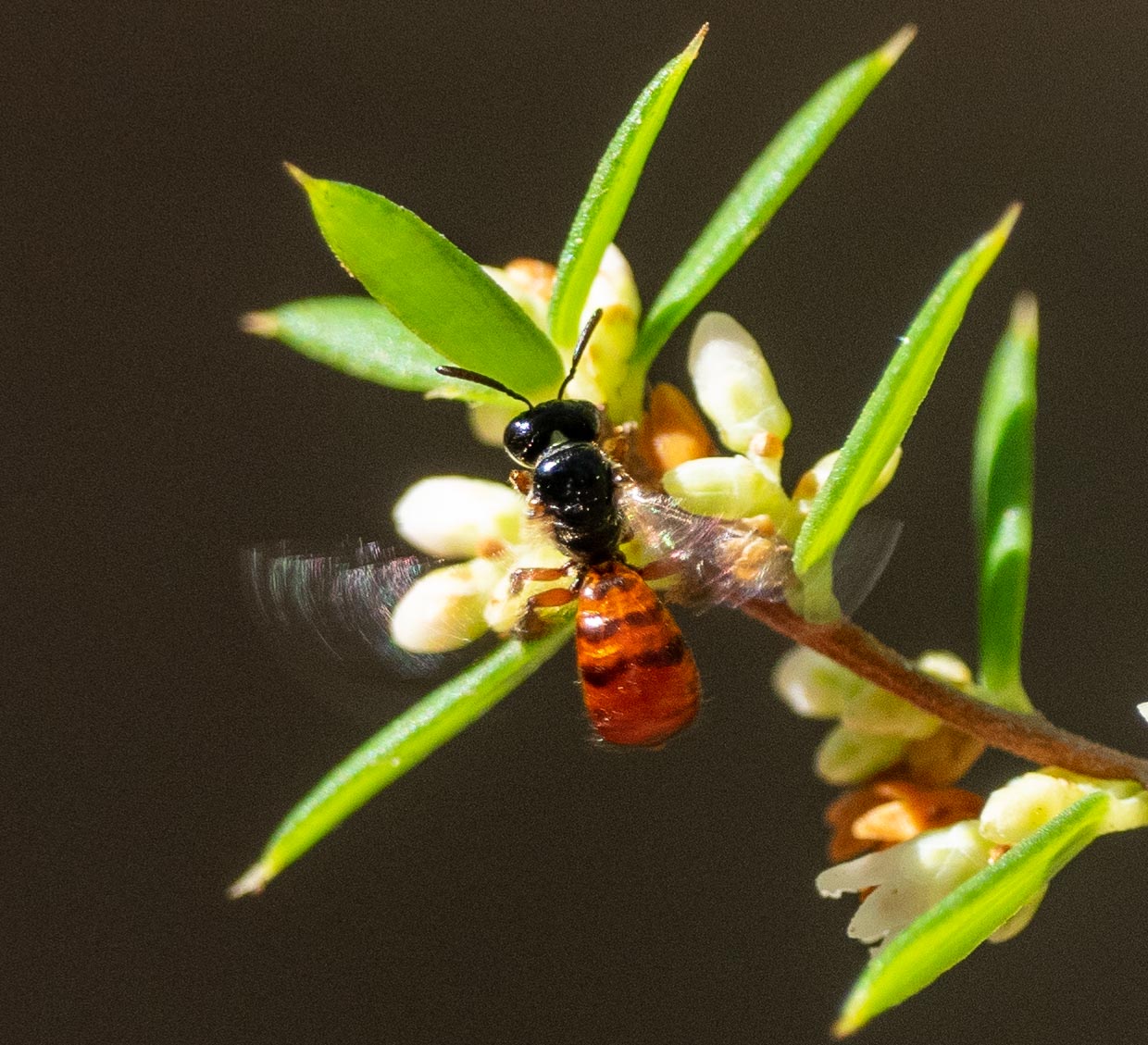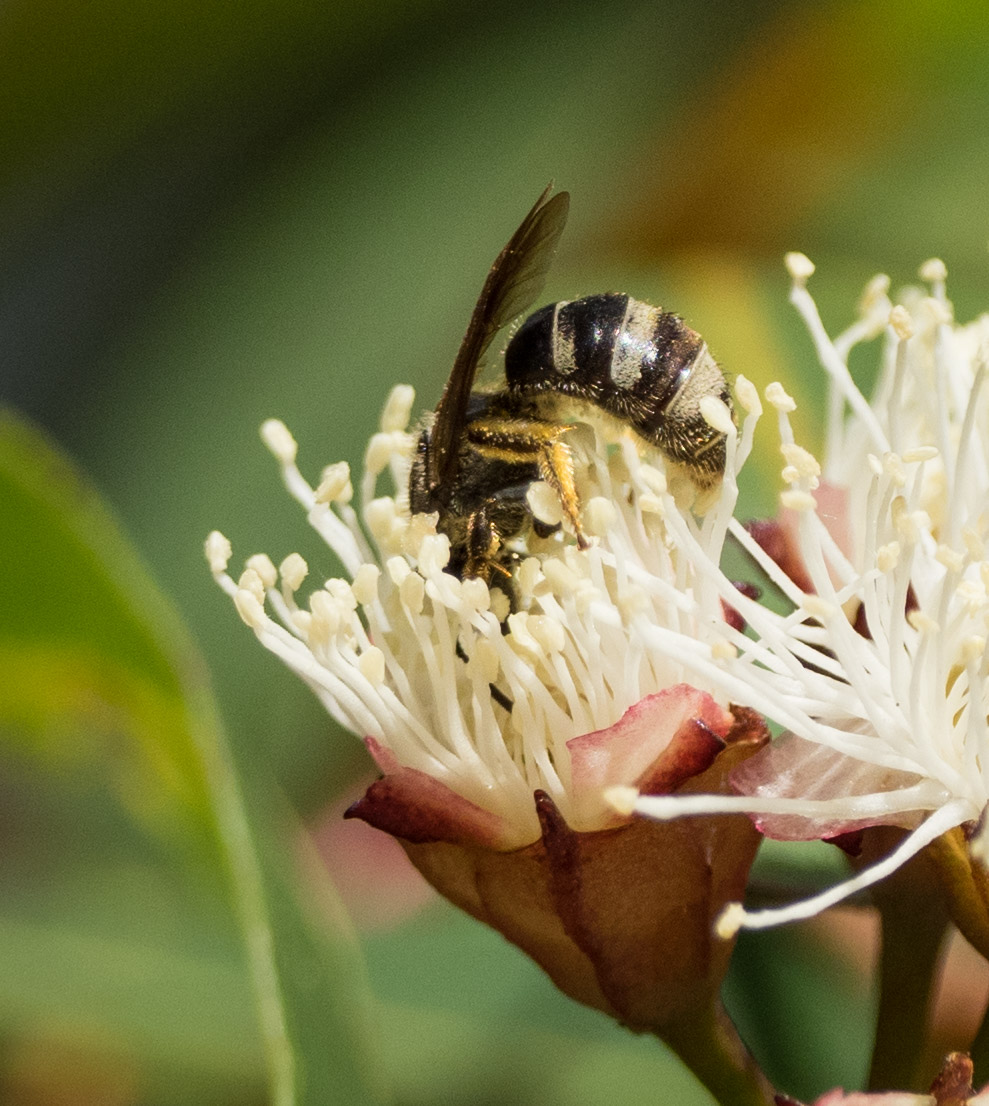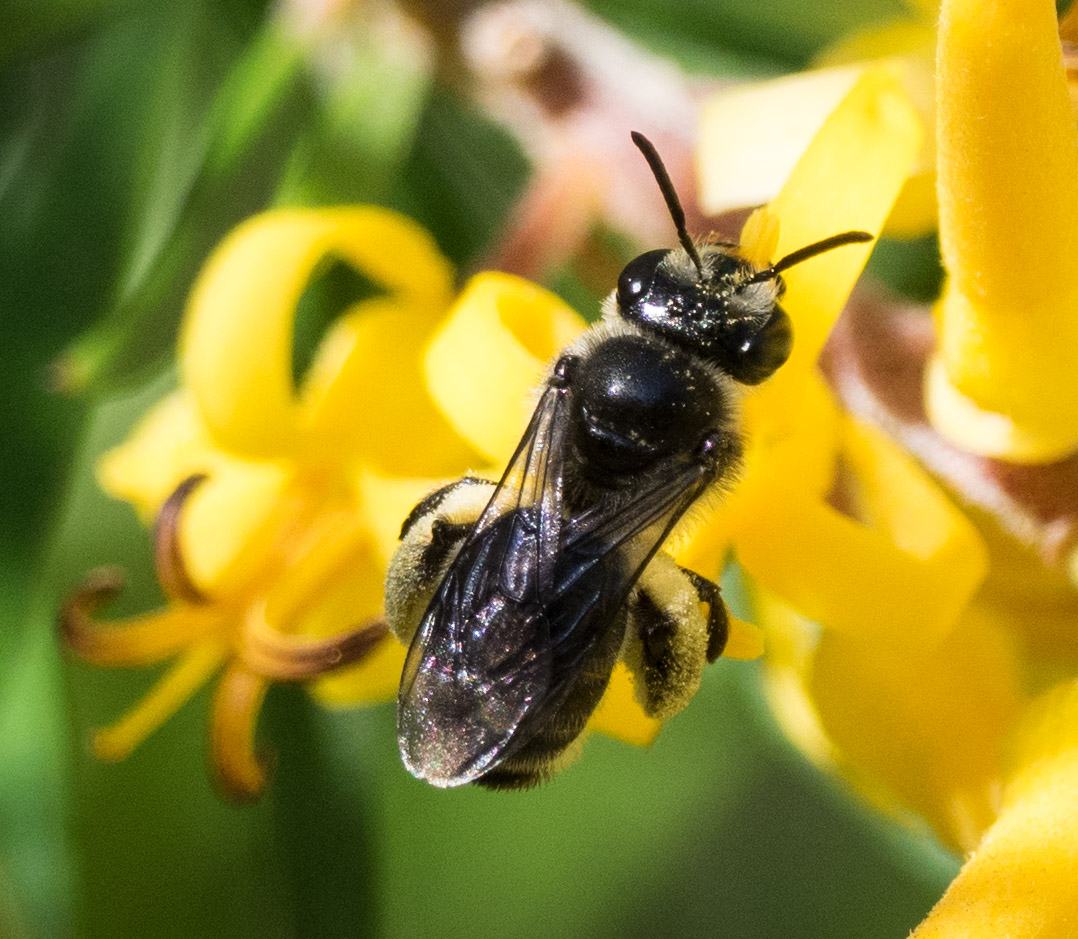Life in hiding
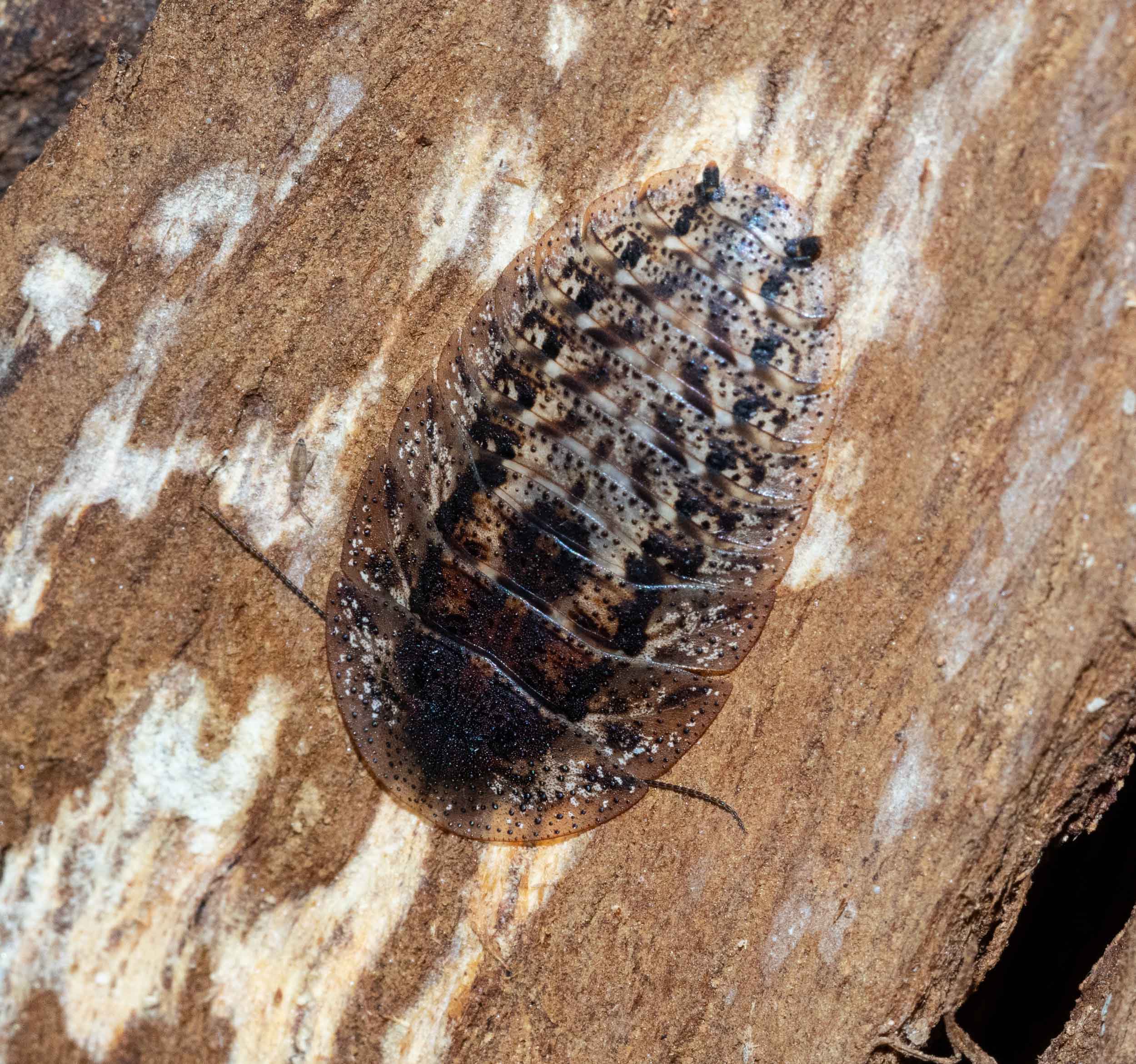
On the surface, life in the forest is rather subdued at this time of year. Sure, the lyrebirds are still calling and scratching about. The robins, wrens, currawongs, tree creepers and kookaburras are on the hunt too, snatching up any small animal that dares show itself. But it's all rather lean pickings. There are few flying insects about during the day, and even the crawling kinds have all but disappeared from view.
After our recent travels up north, the contrast is stark. On the far north coast of NSW, even in July, there are butterflies, dragonflies, and bugs galore. Here in the south, the forest is exceptionally quiet.
A few birds calling, but generally it's all rather quiet
There is some life to be found, however, if you look closely. Here's a glimpse of our encounters this week.
Brief bouts of sun baking
The west-facing rocky cliff top is the most reliable place for snake spotting - and Winter is the best time. Sure enough, when I checked the known 'snake spot' a couple of days ago, a Red-bellied Black Snake lay stretched out across the sun-warmed, rocky ground. The black scales resemble a vast, solar array.
The snake was very reluctant to move, affording me plenty of time to get some shots. In Summer, snakes are much more alert, usually disappearing long before we see them. This one did eventually find me a bit annoying and slipped silently away beneath a pile of nearby rocks.
Hidden inside wood or under bark
Peeling away a piece of bark from a log or tree is likely to yield a discovery at any time of year. There are many animals that permanently live hidden away, or emerge only at night. And in Winter, the residents have to share their sheltered homes with a range of visitors.
For more about the life inside rotting logs, see Paul's post from last year: A rotten log - ecosystem in miniature
Early signs of change
In just a few weeks, things will really change. August is the start of flowering for many of our local plants, and Leucopogon is among them. The pretty pink buds of L. ericoides are already well-developed, and the white buds of L. affinis are not far behind.
These 'beard heath' bushes always attract a huge diversity of flying insects, so expect the next instalment in my 'Getting to know bees' saga soon!



















